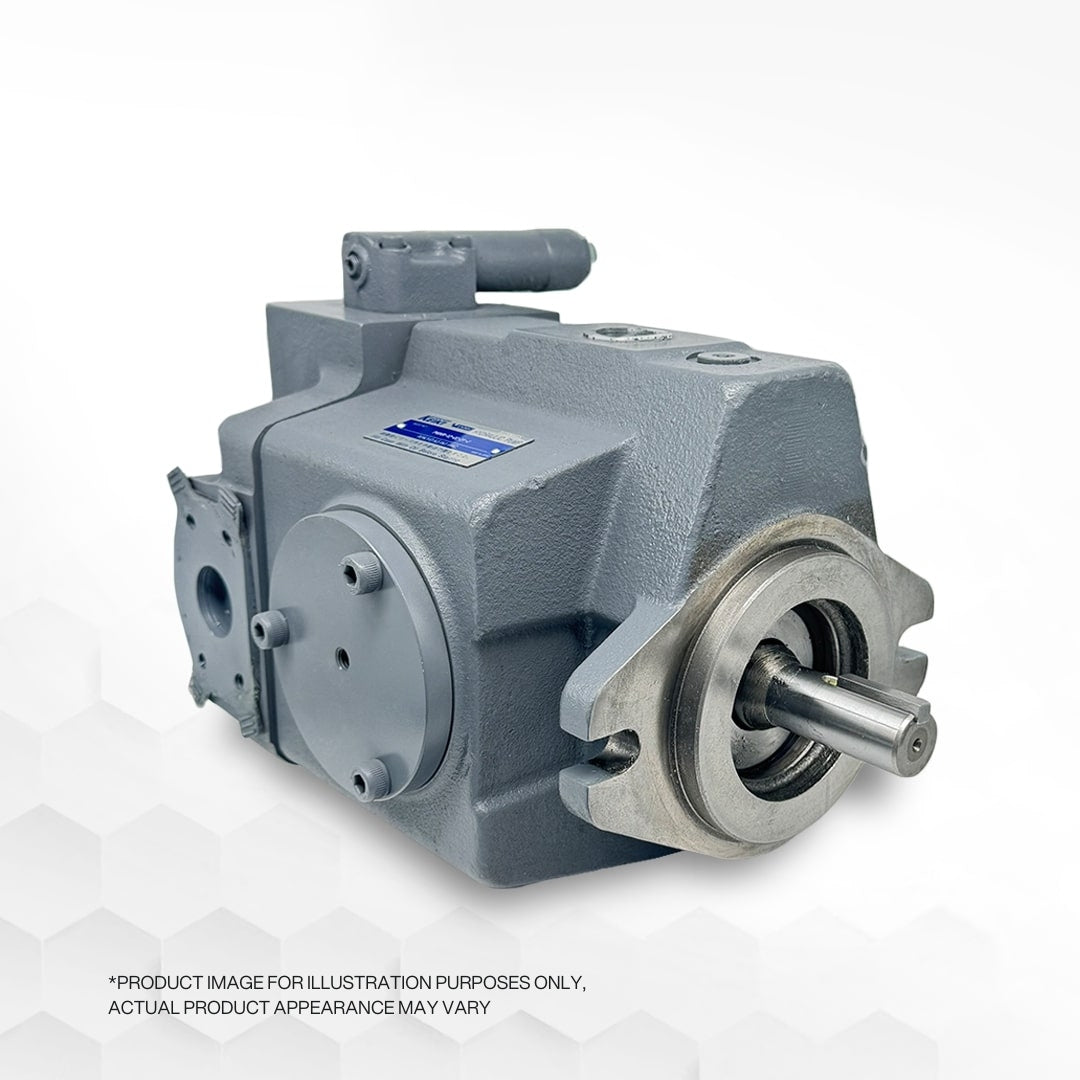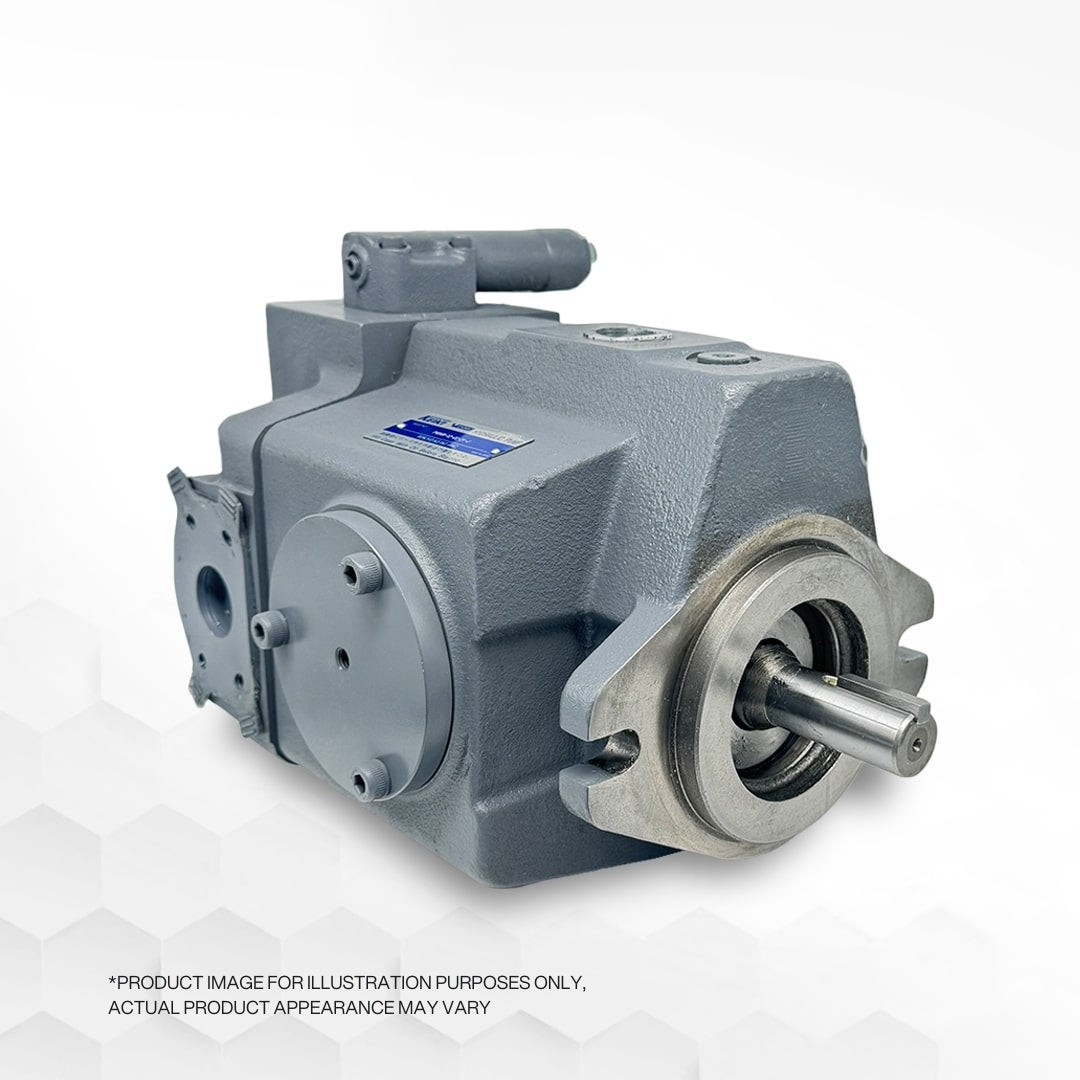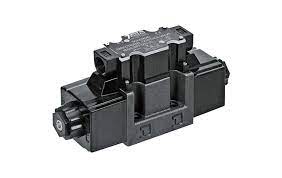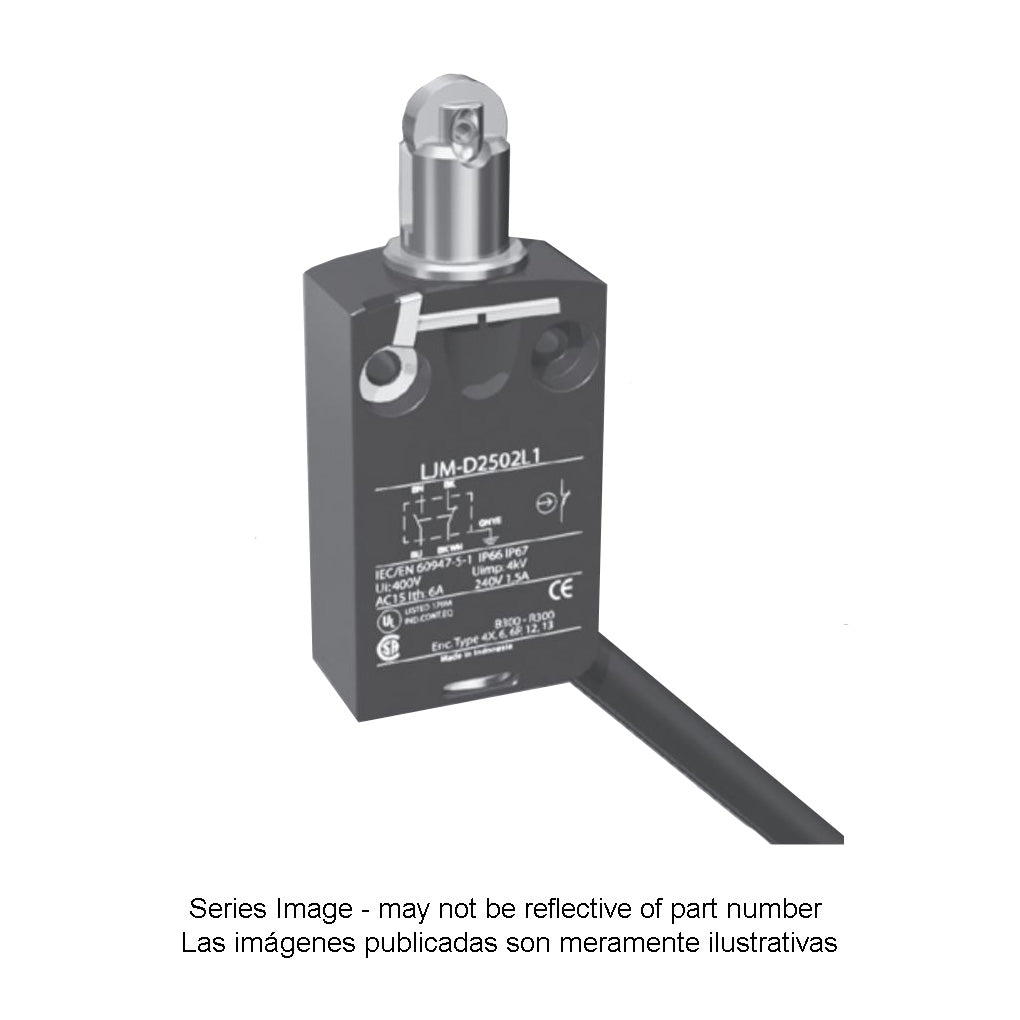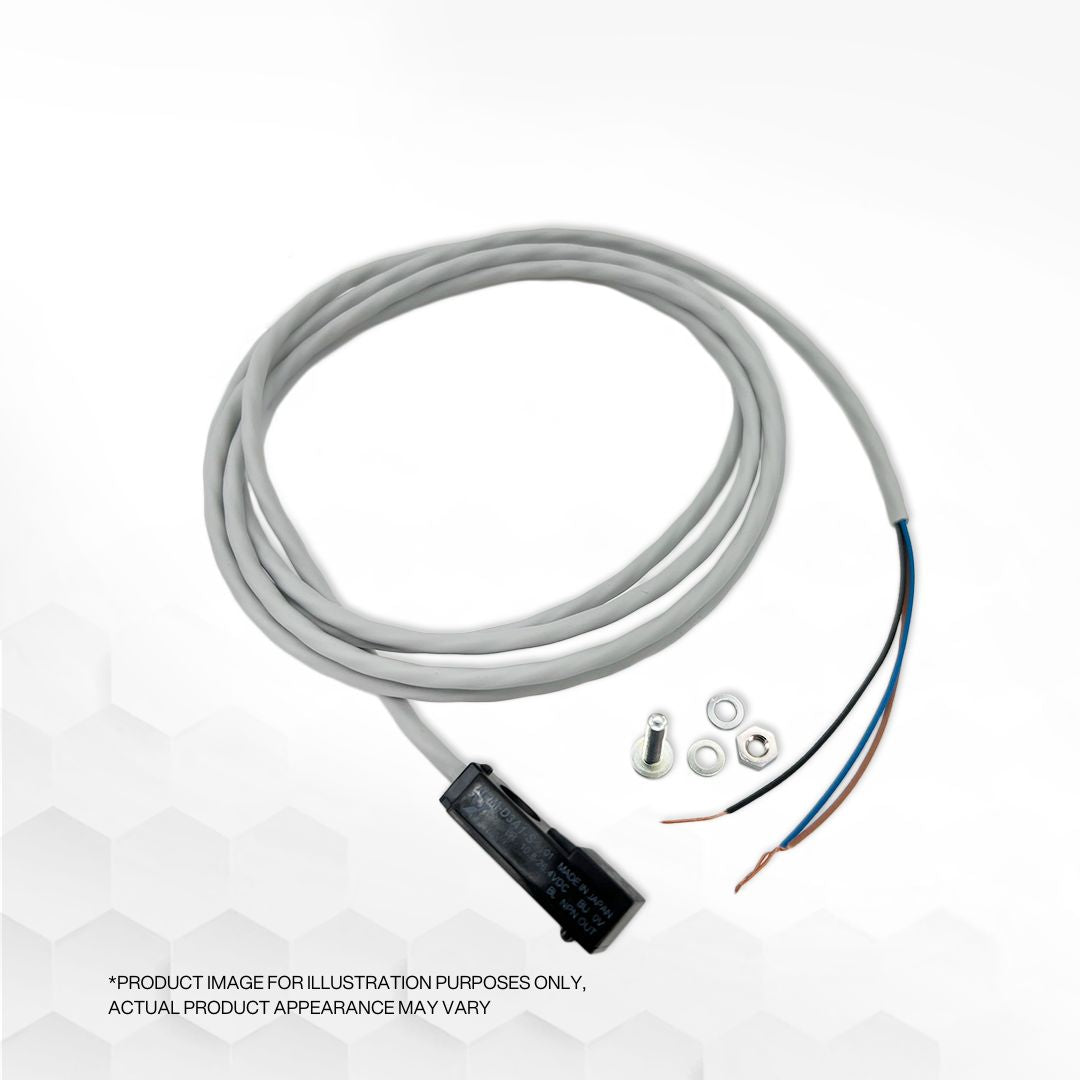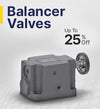
Quick and Dirty Guide to Vane Pumps
If you have selected a positive displacement pump for your specific application, you might find yourself confronted with a myriad of options, including rotary lobe, internal gear, and external gear pumps. It is essential to carefully assess which pump is most suitable for your specific application, as each type has distinct functionalities.
Among the choices, we introduce the vane pump in our "Quick and Dirty Guides." In the following discussion, we will provide an overview of the vane pump, its operation, applications, benefits, and drawbacks.
Overview:
Vane pumps are highly favored for low-viscosity applications due to their dry priming capability, ease of maintenance, good suction characteristics, and reputation for reliability. They are available in various vane configurations, such as external, swinging, flexible, sliding, and rolling vane. Each type of vane pump offers specific advantages for particular applications. For instance, external vane pumps work exceptionally well for handling large particles, while flexible vane pumps are suitable for handling small particulates while generating a robust vacuum. Sliding vane pumps can handle modest volumes of vapor and operate dry for short periods.
Working Principle:
A vane pump utilizes a rotating cylinder with slots (rotors) that house a set of vanes. As the rotor turns, the vanes slide in and out due to the rotor's offset in the casing bore. This movement causes volumes to increase and decrease, leading to the flow of liquid through the pump.
Advantages:
Vane pumps are well-suited for thin liquids due to the sliding contact of the vanes. They compensate for wear by extending the vanes' life. These pumps can operate dry for short periods. They exhibit good vacuum characteristics.
Disadvantages:
Vane pumps consist of numerous components and complex housing. They are not suitable for applications involving high pressure or high viscosity. Vane pumps are best suited for abrasive applications only.
Determining whether a vane pump is the right fit for your application depends on the intended use and the viscosity of the liquid. If your application involves low viscosity fluids, there is a high likelihood that a vane pump could be suitable. However, it is always advisable to consult with a knowledgeable engineer to ensure you select the appropriate pump for the specific task at hand.
